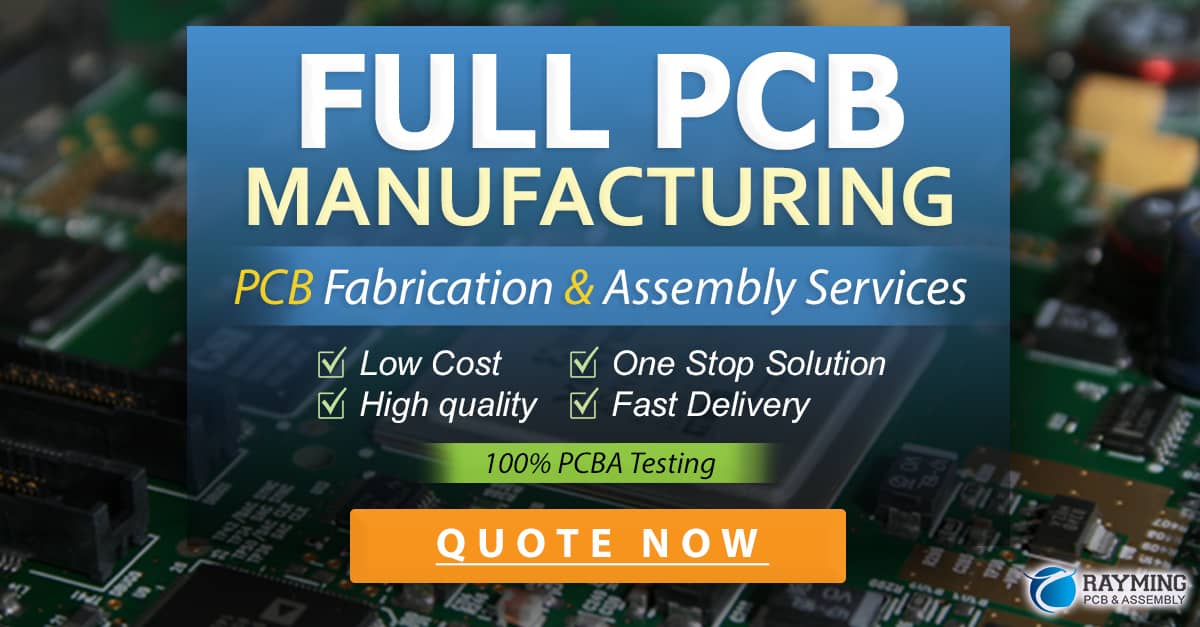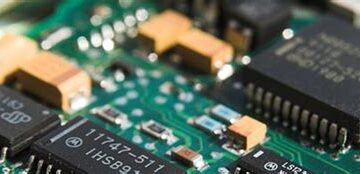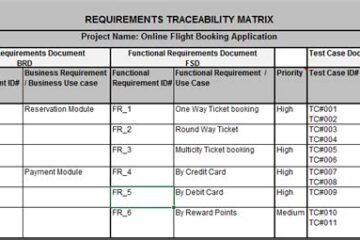Saki Corporation Achieves Milestone with IPC-CFX Certification
Saki Corporation, a leading manufacturer of automated optical inspection (AOI) and X-ray inspection (AXI) equipment for the electronics assembly industry, has announced that its inspection systems have achieved IPC-CFX certification. This certification demonstrates Saki’s commitment to open standards and interoperability in electronics manufacturing.
What is IPC-CFX?
IPC-CFX, which stands for “Connected Factory Exchange”, is an industry standard developed by IPC (Association Connecting Electronics Industries) to enable seamless communication between different machines, systems, and software applications used in electronics manufacturing. By adhering to the IPC-CFX standard, equipment from different vendors can easily exchange data and work together in a unified, smart factory environment.
The IPC-CFX standard defines a common language and data format for machines to communicate, as well as a set of protocols for exchanging data securely over a network. This allows manufacturers to create a “plug-and-play” ecosystem where new equipment can be quickly integrated into existing lines without the need for custom interfaces or extensive programming.
Benefits of IPC-CFX Certification for Saki Customers
By achieving IPC-CFX certification for its AOI and AXI systems, Saki is providing several key benefits to its customers:
-
Easy integration with other IPC-CFX compliant equipment: Saki’s inspection machines can now seamlessly connect and exchange data with other IPC-CFX certified machines in the production line, such as printers, pick-and-place machines, reflow ovens, and test equipment. This simplifies the process of setting up and managing a complete manufacturing line.
-
Improved data visibility and traceability: With IPC-CFX, data from Saki’s inspection machines can be easily shared with other systems, such as manufacturing execution systems (MES), quality management systems (QMS), and enterprise resource planning (ERP) software. This provides greater visibility into the production process and enables more detailed traceability of products and components.
-
Enhanced process control and optimization: By collecting and analyzing data from multiple machines in real-time, manufacturers can gain valuable insights into their production processes. This data can be used to identify bottlenecks, optimize machine settings, and improve overall efficiency and quality.
-
Future-proofing investment in inspection equipment: As more and more manufacturers adopt the IPC-CFX standard, having compliant equipment will become increasingly important. By investing in Saki’s IPC-CFX certified inspection machines, customers can ensure that their equipment will remain compatible and relevant in the years to come.
Saki’s IPC-CFX Certified Inspection Solutions
Saki offers a range of AOI and AXI systems that are now IPC-CFX certified, catering to different production requirements and budgets:
| Model | Type | Features | Ideal for |
|---|---|---|---|
| 3Di-LS2 | 3D AOI | Dual-lane, high-speed inspection, multi-color lighting | High-volume production |
| 3Di-LU1 | 3D AOI | Flexible configuration, multi-angle cameras | Mixed production environments |
| 2Di-LU1 | 2D AOI | Entry-level model, compact footprint | Small to medium-sized production |
| 3Xi-M200 | 3D AXI | High-resolution X-ray imaging, CT reconstruction | Demanding inspection applications |
| 3Xi-M110 | 3D AXI | Inline X-ray inspection, dual-lane conveyor | High-throughput production lines |
All of these systems now support the IPC-CFX standard, enabling them to communicate and exchange data with other compliant equipment in the factory. This includes sending inspection results, receiving board and component information, and controlling the flow of products through the line.
Implementing IPC-CFX in Electronics Manufacturing
Steps to Adopt IPC-CFX in a Factory
For manufacturers looking to implement IPC-CFX in their facilities, there are several key steps to follow:
-
Assess current equipment and systems: The first step is to inventory all of the machines, software, and systems used in the production process and determine which ones are already IPC-CFX compliant or can be upgraded to support the standard.
-
Develop an implementation plan: Based on the assessment, create a plan for implementing IPC-CFX across the factory. This may involve upgrading or replacing certain equipment, installing new software, and training personnel on the new systems and processes.
-
Establish a network infrastructure: IPC-CFX relies on a robust and secure network to enable communication between machines. Ensure that the factory has the necessary network infrastructure in place, including wired and wireless connections, firewalls, and security protocols.
-
Configure and test equipment: Once the network is in place, configure each piece of IPC-CFX compliant equipment to communicate with the other machines and systems. This may involve setting up machine profiles, defining data exchange formats, and mapping data fields. Thoroughly test the communication between machines to ensure that data is being exchanged accurately and reliably.
-
Integrate with higher-level systems: To fully leverage the benefits of IPC-CFX, integrate the data from the machines with higher-level systems such as MES, QMS, and ERP software. This will provide a complete picture of the production process and enable more advanced analysis and optimization.
-
Monitor and optimize performance: With IPC-CFX in place, continuously monitor the performance of the machines and the overall production line. Use the data collected to identify areas for improvement and optimize machine settings and processes for better efficiency and quality.
Case Studies of Successful IPC-CFX Implementation
Several manufacturers have successfully implemented IPC-CFX in their factories and have seen significant benefits as a result. Here are a few examples:
-
Aerospace electronics manufacturer: An aerospace electronics manufacturer implemented IPC-CFX across its surface-mount technology (SMT) lines, connecting its pick-and-place machines, reflow ovens, and inspection equipment. By analyzing the data collected from these machines, the manufacturer was able to identify and correct a problem with uneven heating in one of its reflow ovens, improving the quality of its solder joints and reducing defects by 15%.
-
Automotive electronics supplier: An automotive electronics supplier used IPC-CFX to connect its printed circuit board assembly (PCBA) lines with its MES and traceability systems. This allowed the supplier to track the progress of each board through the production process and quickly identify and isolate any quality issues. As a result, the supplier was able to reduce its scrap rate by 20% and improve its on-time delivery to customers.
-
Medical device manufacturer: A medical device manufacturer implemented IPC-CFX to streamline the programming and changeover of its SMT lines for different products. By using IPC-CFX to exchange product and process data between its machines and MES, the manufacturer was able to reduce changeover times by 30% and increase its overall equipment effectiveness (OEE) by 10%.
These case studies demonstrate the tangible benefits that can be achieved by implementing IPC-CFX in electronics manufacturing. As more manufacturers adopt this standard, we can expect to see even more examples of improved efficiency, quality, and productivity in the industry.
The Future of IPC-CFX and Smart Factory Integration
As the electronics industry continues to evolve and become more data-driven, standards like IPC-CFX will play an increasingly important role in enabling smart factory integration and Industry 4.0 capabilities.
Trends in IPC-CFX Adoption and Development
Some of the key trends and developments to watch in the world of IPC-CFX include:
-
Growing adoption across the industry: As more manufacturers see the benefits of IPC-CFX, we can expect to see a rapid increase in adoption of the standard across the electronics industry. This will create a virtuous cycle, where more compliant equipment and software become available, making it easier for manufacturers to implement IPC-CFX in their factories.
-
Expansion to other areas of manufacturing: While IPC-CFX has its roots in electronics assembly, the standard has the potential to be applied to other areas of manufacturing as well. For example, IPC is working on adapting CFX for use in printed circuit board fabrication, which could help to create a more seamless and integrated supply chain for electronics production.
-
Integration with other smart factory standards: IPC-CFX is just one piece of the smart factory puzzle. To truly realize the vision of Industry 4.0, IPC-CFX will need to work seamlessly with other standards and technologies, such as OPC UA (Open Platform Communications Unified Architecture), MQTT (Message Queuing Telemetry Transport), and edge computing platforms. Expect to see more development and collaboration in this area in the coming years.
-
Advancements in data analytics and AI: As more data is collected from IPC-CFX compliant machines, there will be a growing need for advanced analytics and artificial intelligence (AI) tools to help manufacturers make sense of this data and derive actionable insights. This could include everything from predictive maintenance algorithms that can detect potential machine failures before they occur, to AI-powered process optimization tools that can automatically adjust machine settings for optimal performance.
The Role of Inspection Equipment in the Smart Factory
Inspection equipment, such as the AOI and AXI systems offered by Saki, will play a critical role in the smart factories of the future. By providing real-time data on product quality and process performance, these machines will enable manufacturers to quickly identify and correct issues, reduce scrap and rework, and continuously improve their operations.
With the adoption of IPC-CFX, inspection equipment will become even more valuable, as it will be able to share data seamlessly with other machines and systems in the factory. This will create a more holistic view of the production process and enable more advanced analysis and optimization.
For example, data from an AOI machine could be used to adjust the settings on a pick-and-place machine to improve component placement accuracy, while data from an AXI system could be used to optimize the solder paste printing process. By leveraging the power of IPC-CFX and smart factory integration, manufacturers can unlock new levels of efficiency, quality, and agility in their operations.

Conclusion
The IPC-CFX certification of Saki’s AOI and AXI equipment is a significant milestone for the company and the electronics industry as a whole. By embracing this open standard for machine-to-machine communication, Saki is helping to pave the way for a more connected, data-driven future in electronics manufacturing.
As more manufacturers adopt IPC-CFX and integrate their machines and systems, we can expect to see significant improvements in efficiency, quality, and productivity across the industry. This will not only benefit individual manufacturers, but also help to create a more agile and resilient supply chain for electronics production.
Looking ahead, the combination of IPC-CFX, smart factory technologies, and advanced data analytics and AI will undoubtedly transform the electronics manufacturing landscape. Companies like Saki that are at the forefront of this transformation will be well-positioned to succeed in the Industry 4.0 era.
Frequently Asked Questions (FAQ)
-
What is the difference between AOI and AXI inspection equipment?
AOI (Automated Optical Inspection) uses cameras and computer vision algorithms to inspect the surface of electronic assemblies for defects, such as missing or misplaced components, solder bridging, and poor solder joints. AXI (Automated X-ray Inspection) uses X-ray imaging to inspect the internal structure of assemblies, including solder joints, vias, and ball grid arrays (BGAs). -
How does IPC-CFX enable machine-to-machine communication?
IPC-CFX defines a common language and data format for machines to exchange information, as well as a set of protocols for transmitting this data securely over a network. This allows machines from different vendors to communicate seamlessly, without the need for custom interfaces or extensive programming. -
What types of data can be exchanged using IPC-CFX?
IPC-CFX supports the exchange of a wide range of data types, including machine status, process parameters, inspection results, traceability data, and more. This data can be used to monitor and optimize the production process, as well as to enable more advanced analytics and AI applications. -
Is IPC-CFX only applicable to electronics assembly, or can it be used in other industries?
While IPC-CFX was originally developed for the electronics assembly industry, the standard has the potential to be applied to other areas of manufacturing as well. IPC is actively working on adapting CFX for use in industries such as printed circuit board fabrication, and there is growing interest in applying the standard to other types of discrete manufacturing. -
How can manufacturers get started with implementing IPC-CFX in their factories?
To get started with IPC-CFX, manufacturers should first assess their current equipment and systems to determine which ones are already compliant or can be upgraded to support the standard. From there, they can develop an implementation plan, establish the necessary network infrastructure, configure and test their equipment, and integrate with higher-level systems. Many vendors, including Saki, offer support and services to help manufacturers navigate this process and achieve a successful IPC-CFX implementation.



0 Comments